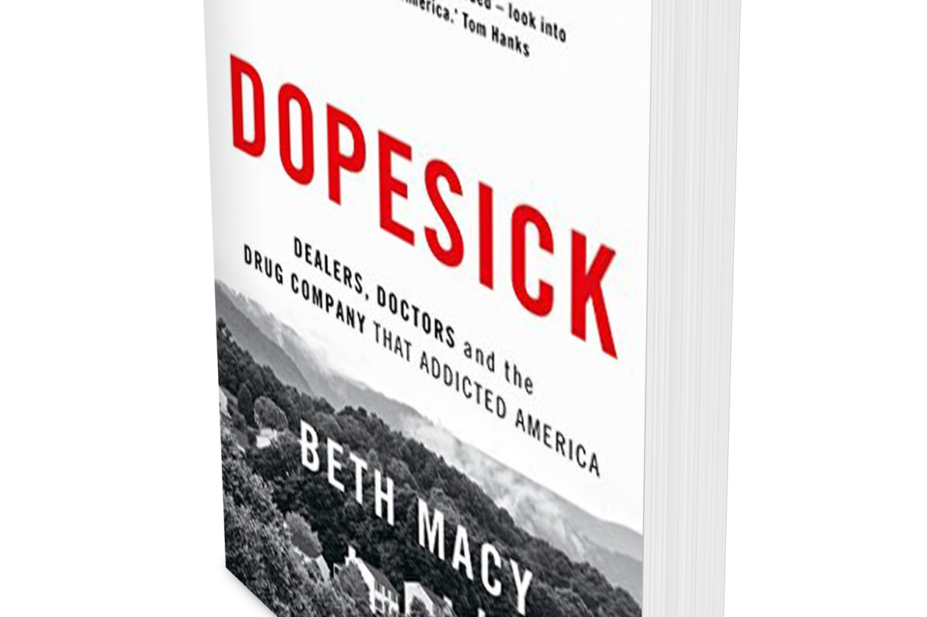
Beth Macy’s Dopesick — an overview of the horrors of opioid misuse and abuse — landed on my desk in April 2019, around the same time UK health and social care secretary Matt Hancock announced opioid painkillers would have to display prominent warnings about the risk of addiction. This was around the same time as I was thinking about the imminent review into NHS overprescribing. It seemed prescient that these topics were on my mind as I read this 400-page exploration of what the author declares “the worst drug epidemic in modern history”.
Healthcare professionals responsible for prescribing or dispensing opioid medication should find that this book provides a detailed social view of opioid use. The US communities described are different to those from the UK, but potential similarities in social determinants of opioid use make it worth persevering. In England, there is wide geographical variation in opioid prescribing, some of the explanation for which might be present in Macy’s book.
The first part of the book provides a critique of one pharmaceutical company, Purdue Pharma, responsible for the introduction of OxyContin (oxycodone), an opioid analgesic. The author suggests that aggressive marketing techniques and an underplay of the medicine’s addiction potential, together with an increasing belief that all ills can be treated with a medicine, manifested a dangerous growth in opioid prescribing — even for conditions that may have been better treated with non-opioid medicines. The author also offers specific criticism of healthcare professionals’ speed to accept the subjective measure of pain as ‘the fifth vital sign’.
The second, and perhaps most harrowing, focus of the book is the disastrous effect of addiction to opioids (both prescribed and illicitly obtained) on the lives of the people it ensnares. Through case studies, the author links prescribed pain medication to subsequent street drug addiction. She has carefully documented the stories of lives destroyed by opioid abuse, including the sad stories of academic high-school students and school sports champions dragged down by the extreme lengths they must go to prevent ‘dopesickness’ (withdrawal effects including vomiting, sweating and diarrhoea), after which the book is named.
A story that may particularly touch healthcare professionals describes middle-class parents who failed to realise how dysfunctional their lives had become as a result of their son’s addiction until he left for rehab. It is difficult not to be moved by the plight of the parents of addicts, who shell out tens of thousands of dollars to provide their children with access to rehab units in the hope of saving their lives. Yet, the prevention of death is not guaranteed: the author calculates that drug overdose is the leading cause of death in the United States for people aged under 50 years.
In its third theme, the book provides a critical examination of available medical interventions to promote continued abstinence from opioids. There are private addiction facilities, but also the underfunded Medicaid (US health insurance for the underprivileged) and charitable enterprises. However, Macy likens access to these to a lottery, which can prove to be a barrier to the dopesick and addicted.
There are many cogs operating in this machine: healthcare professionals share responsibility with law enforcement, the judiciary and drug regulatory agencies to get things right. All are likely to find something interesting in this book, which may inspire the “healthy scepticism” of new wonder-drugs that the author calls for.
John Minshull
References
Macy B. Dopesick: Dealers, doctors, and the drug company that addicted America. Pp 400. Price £9.99. London: Head of Zeus; 2018. ISBN: 9781788549363


